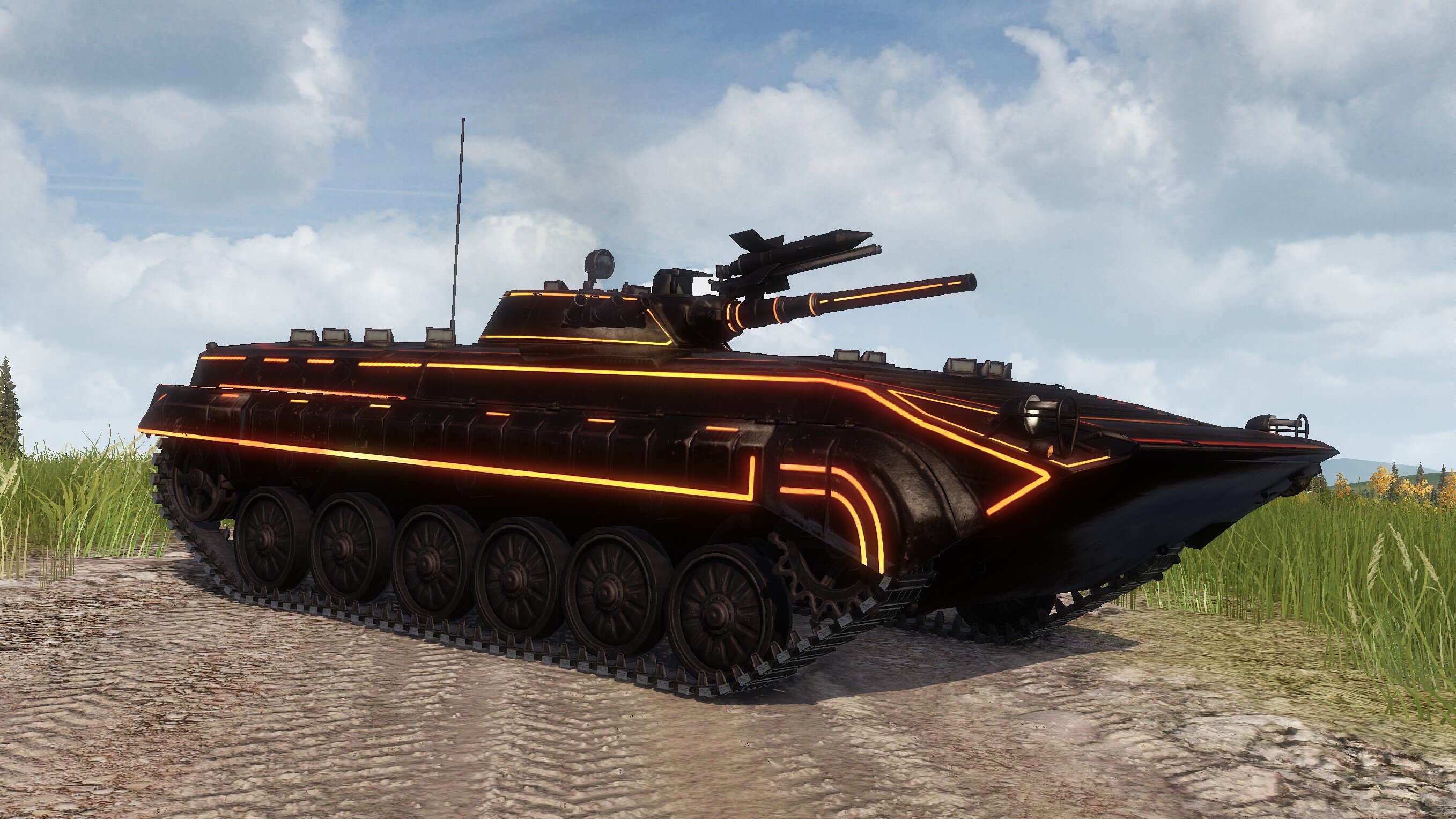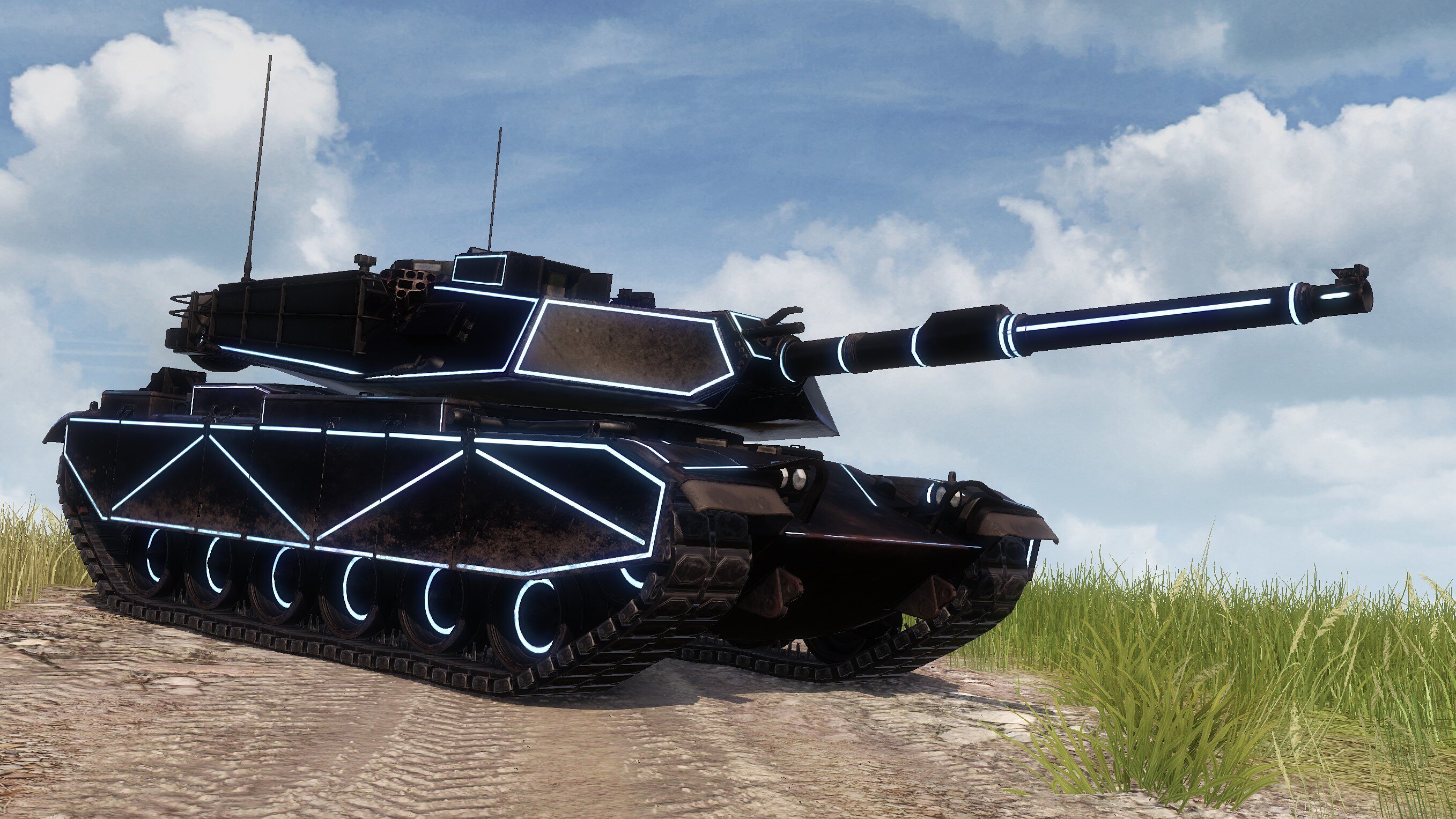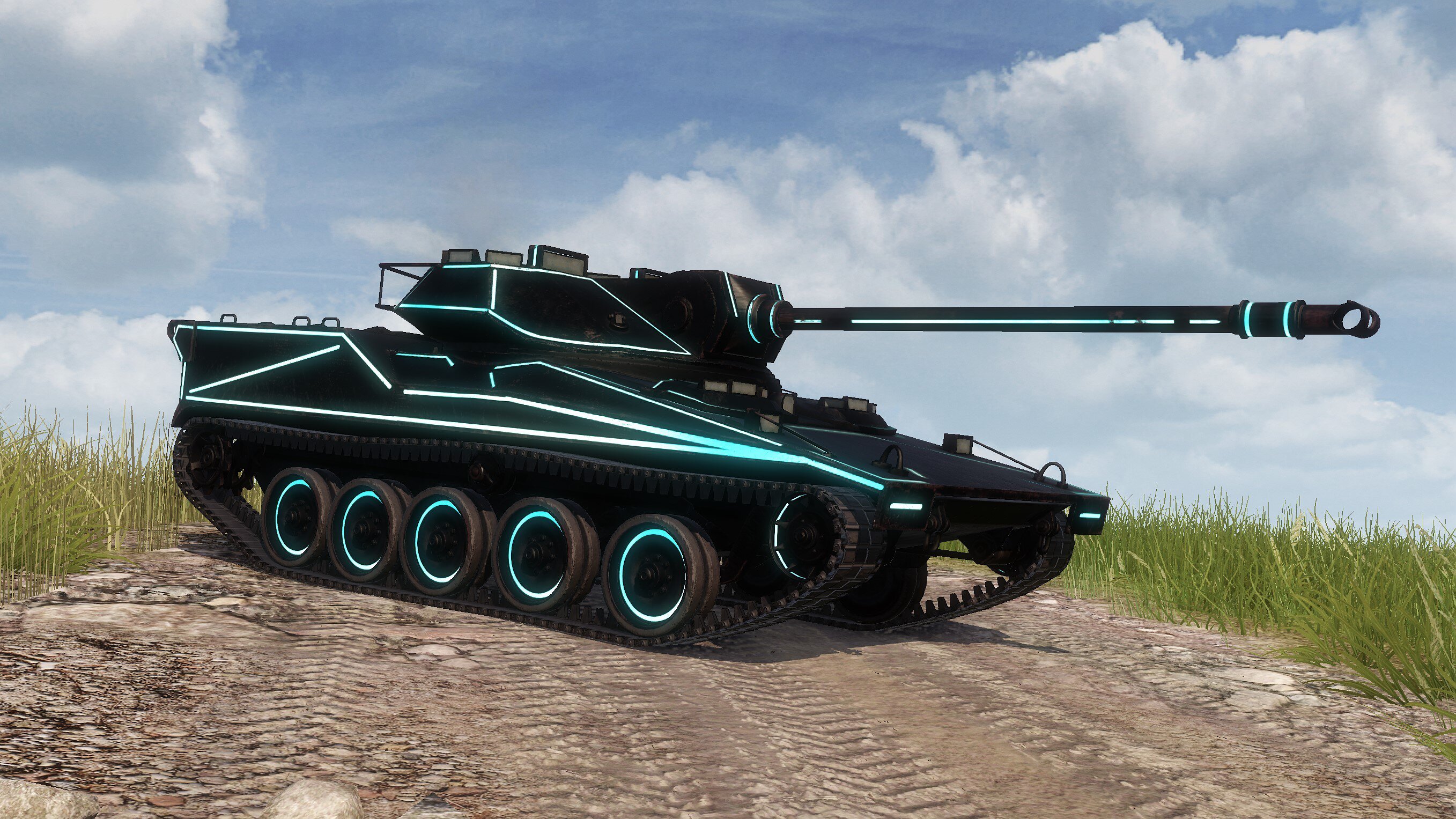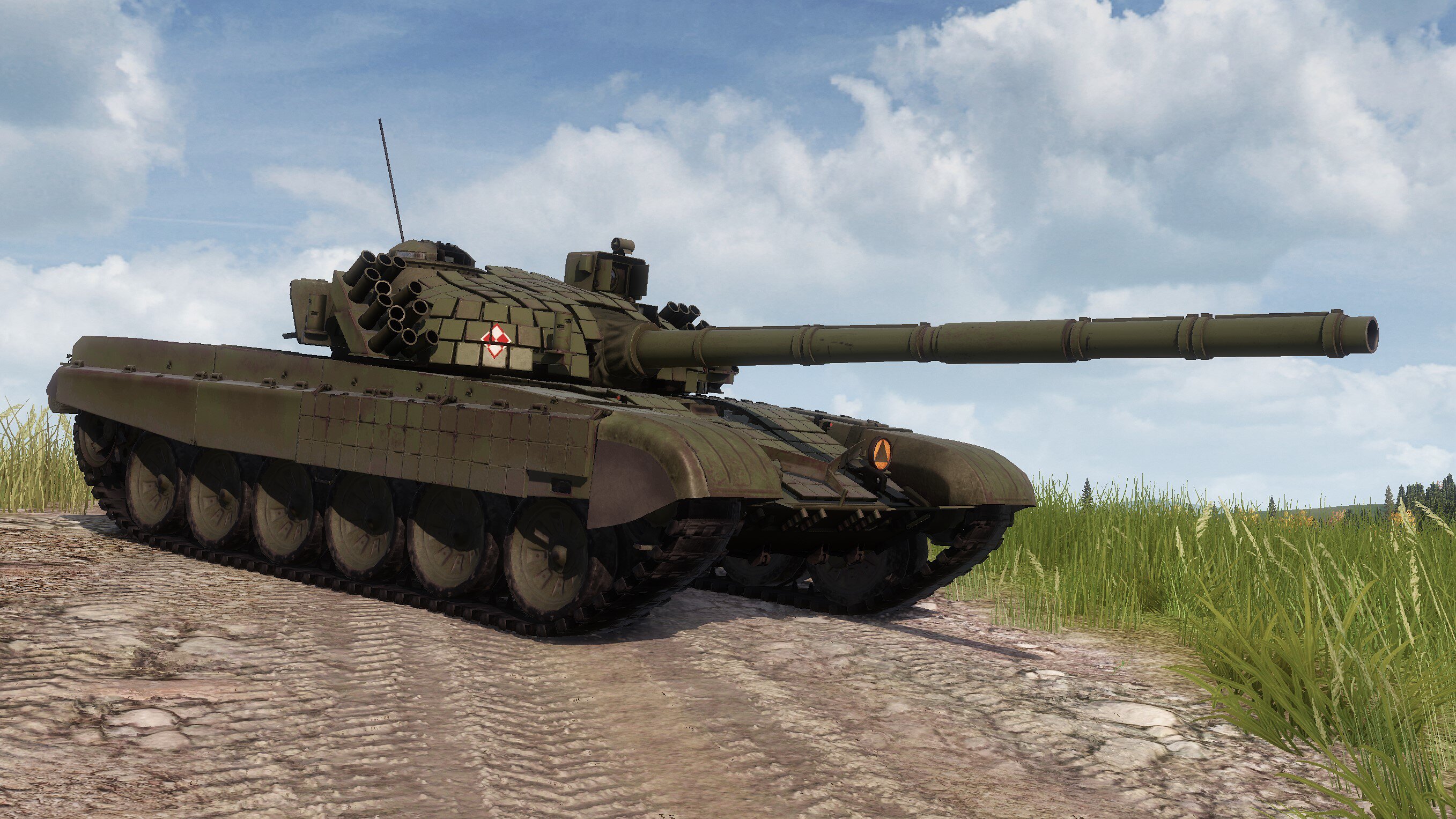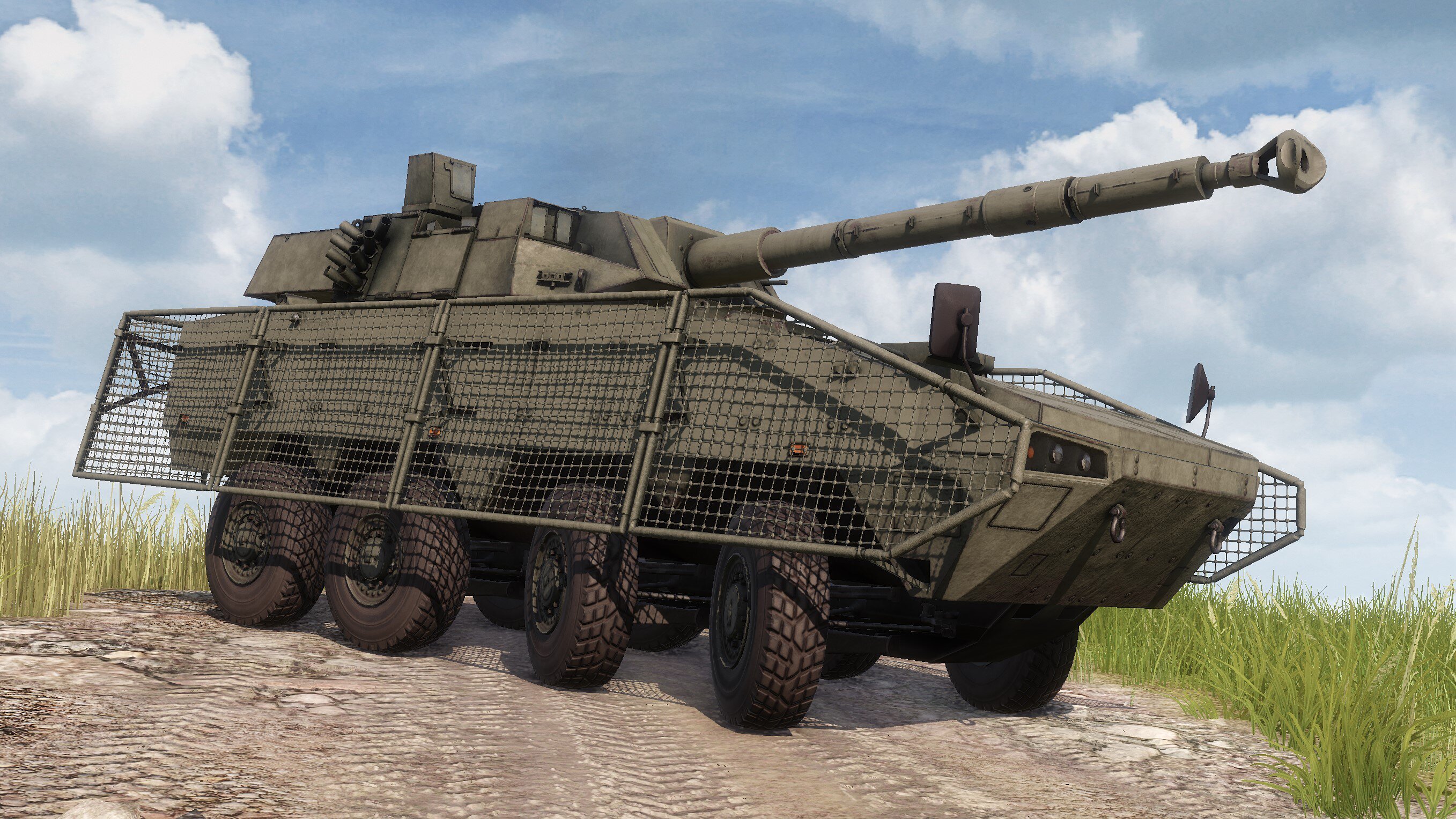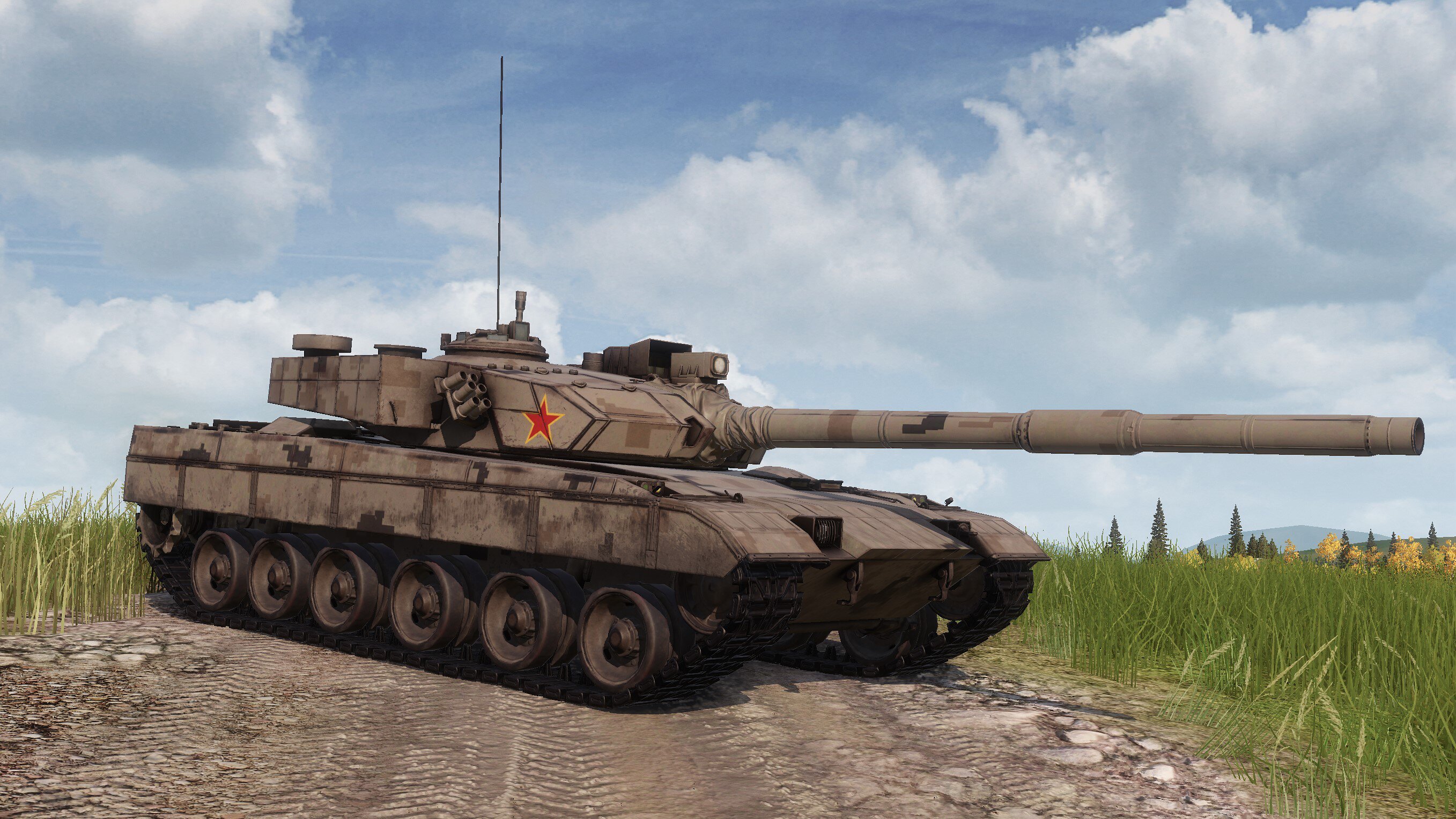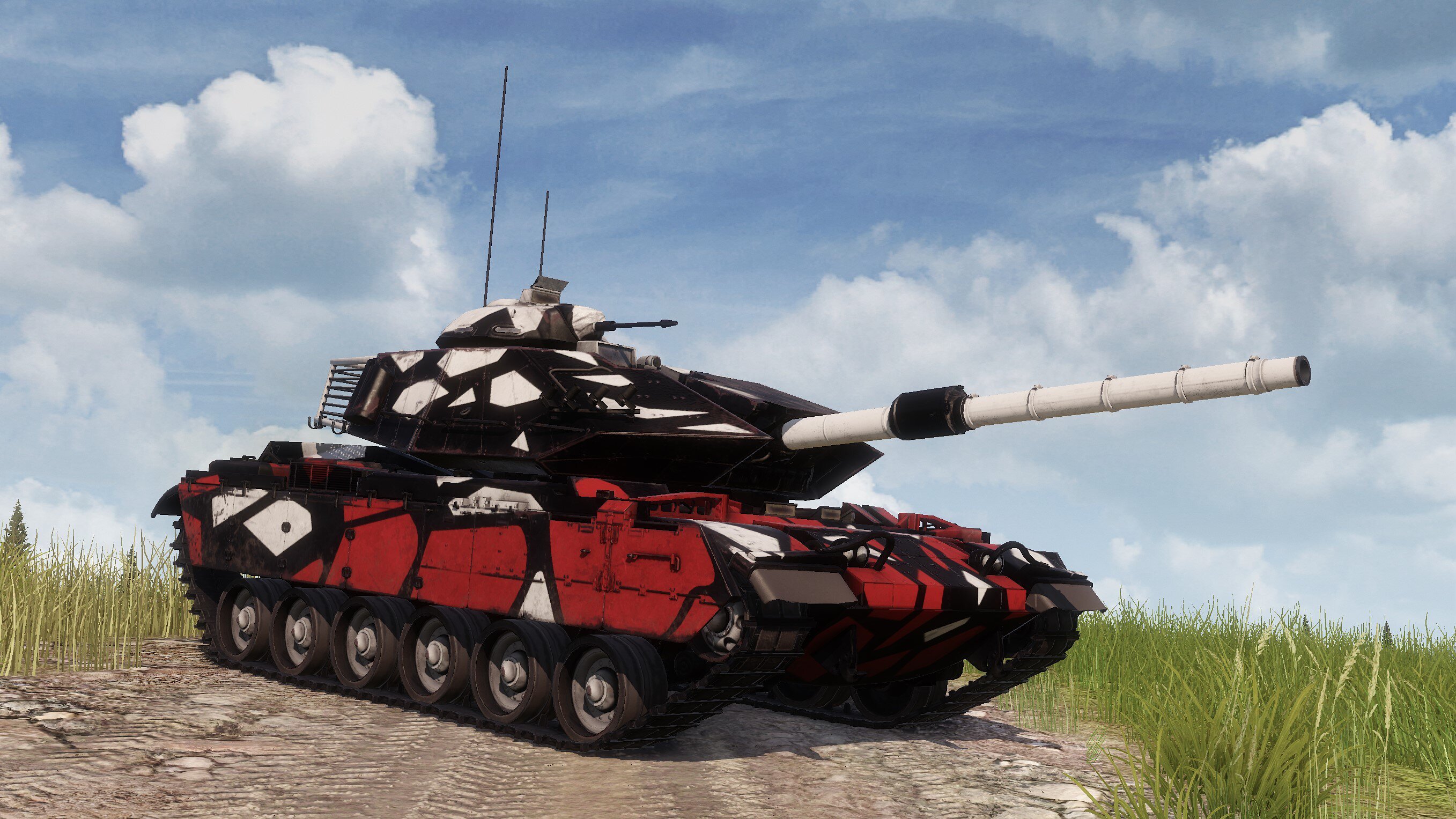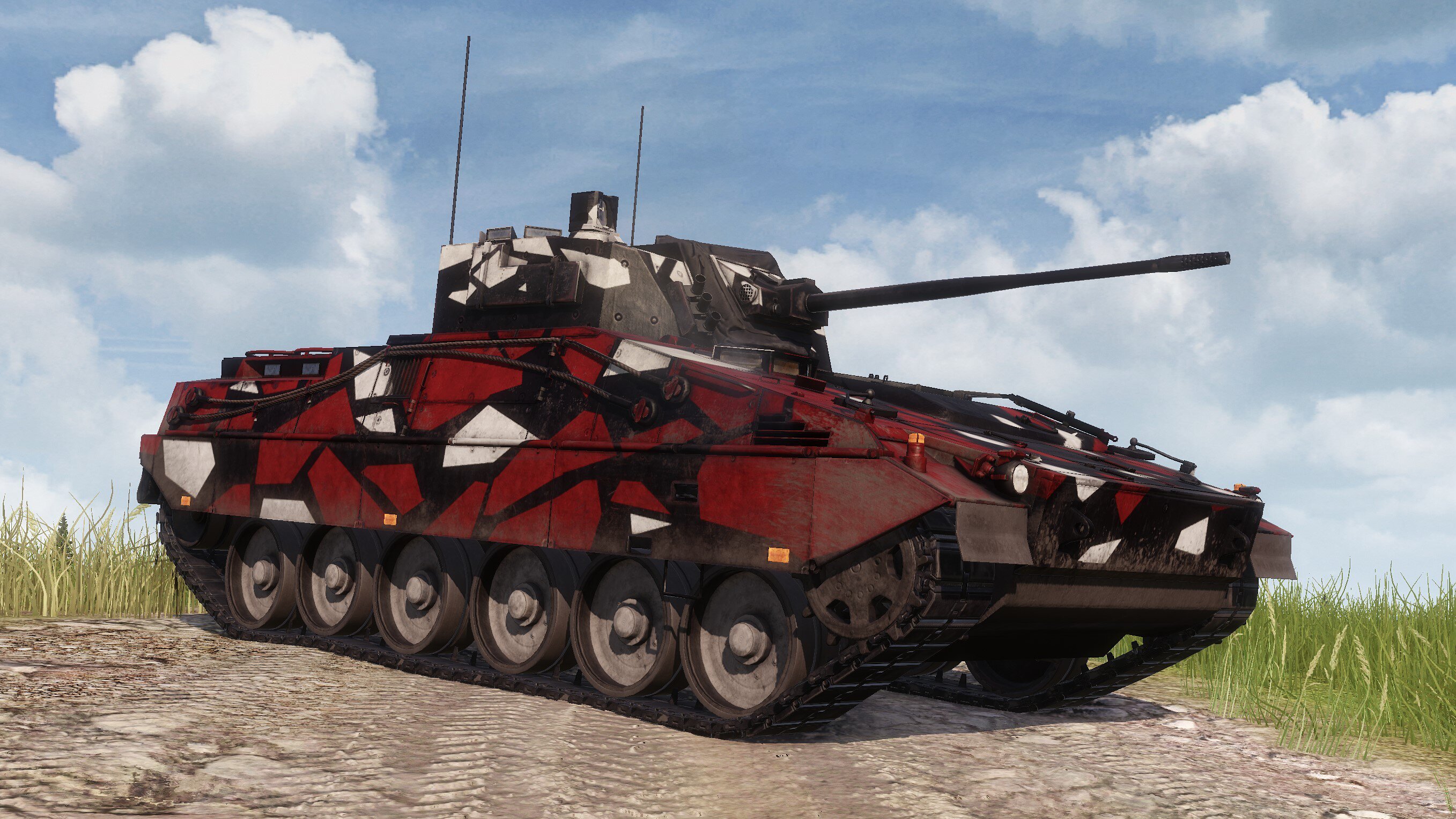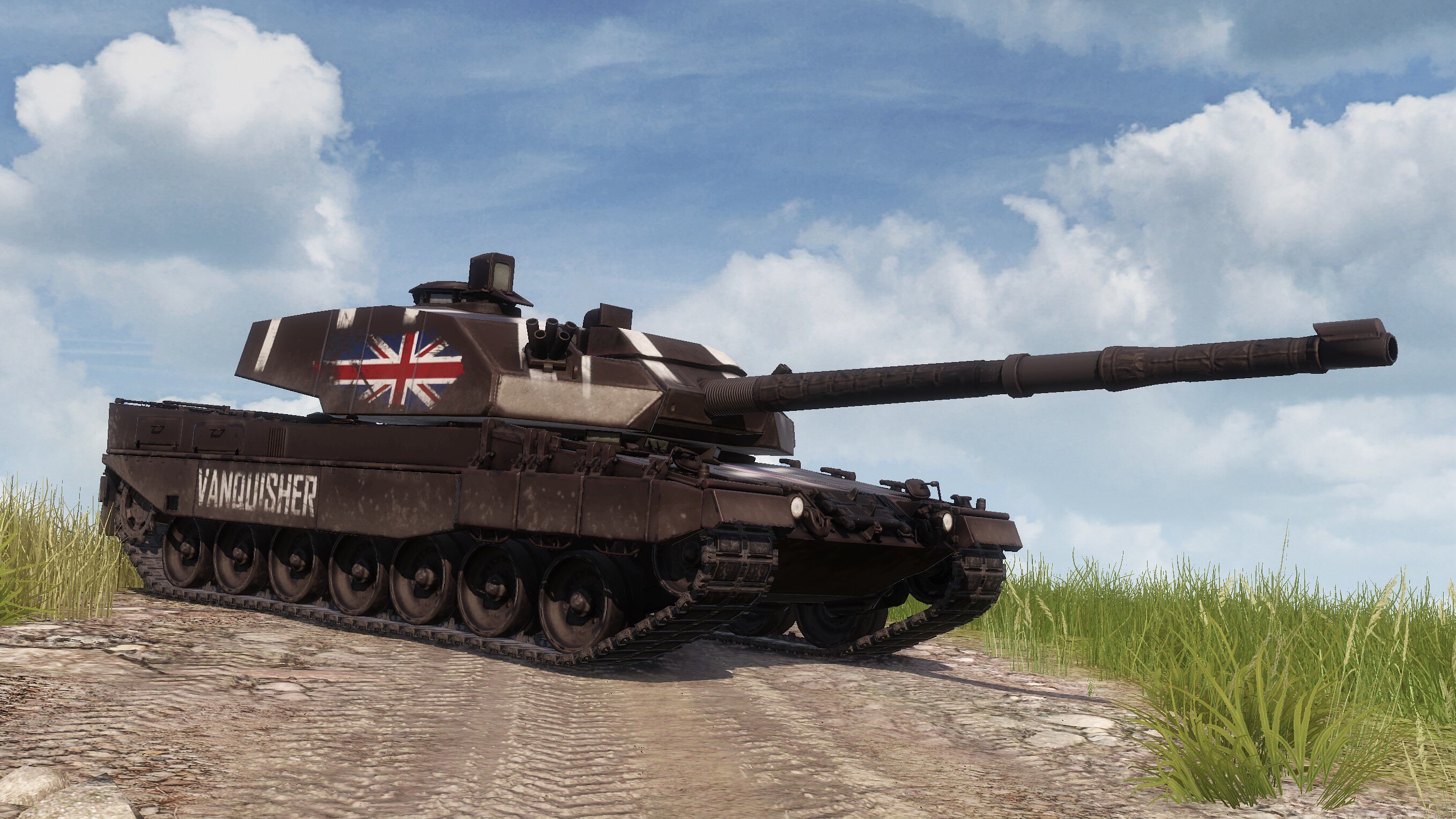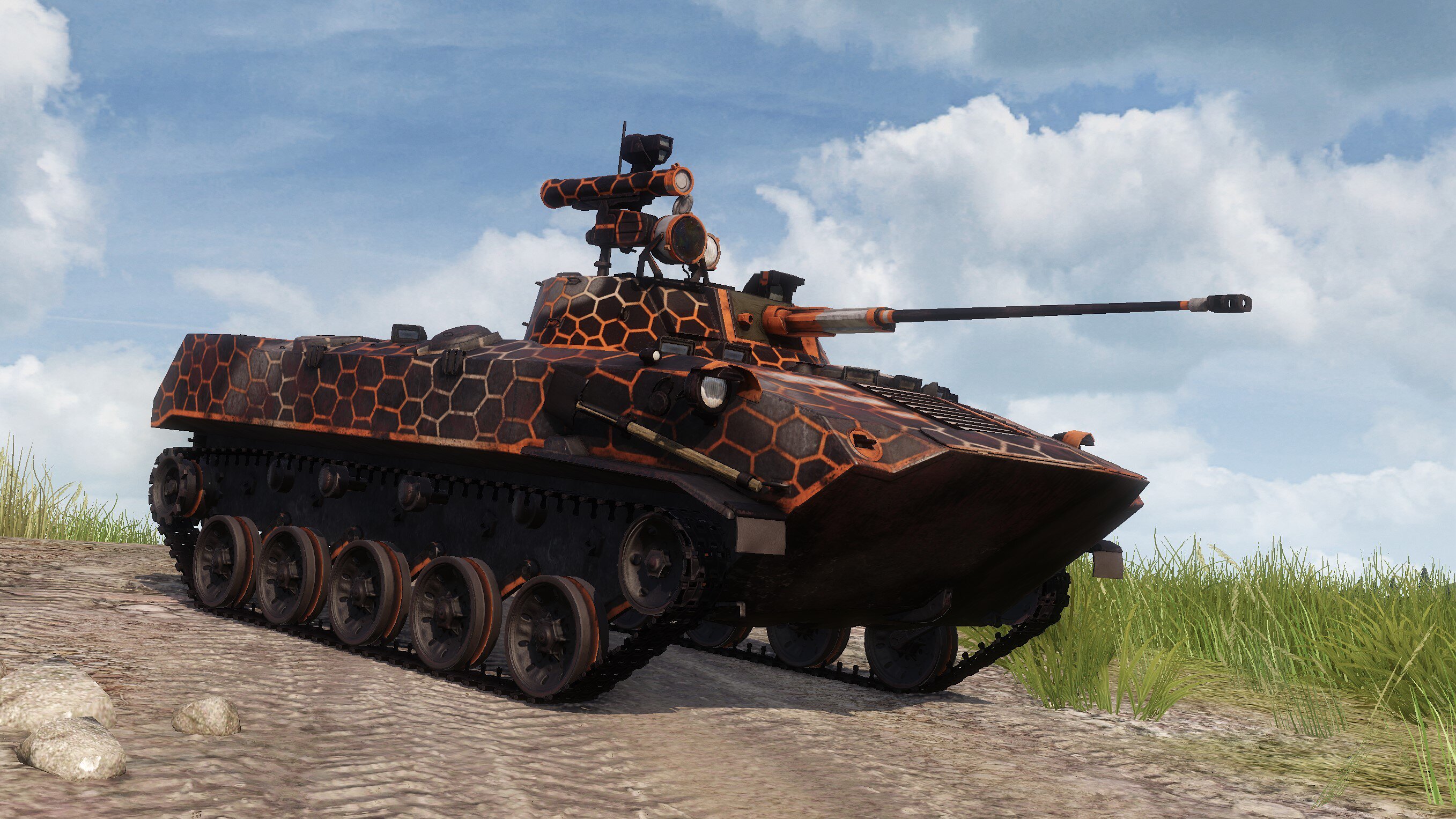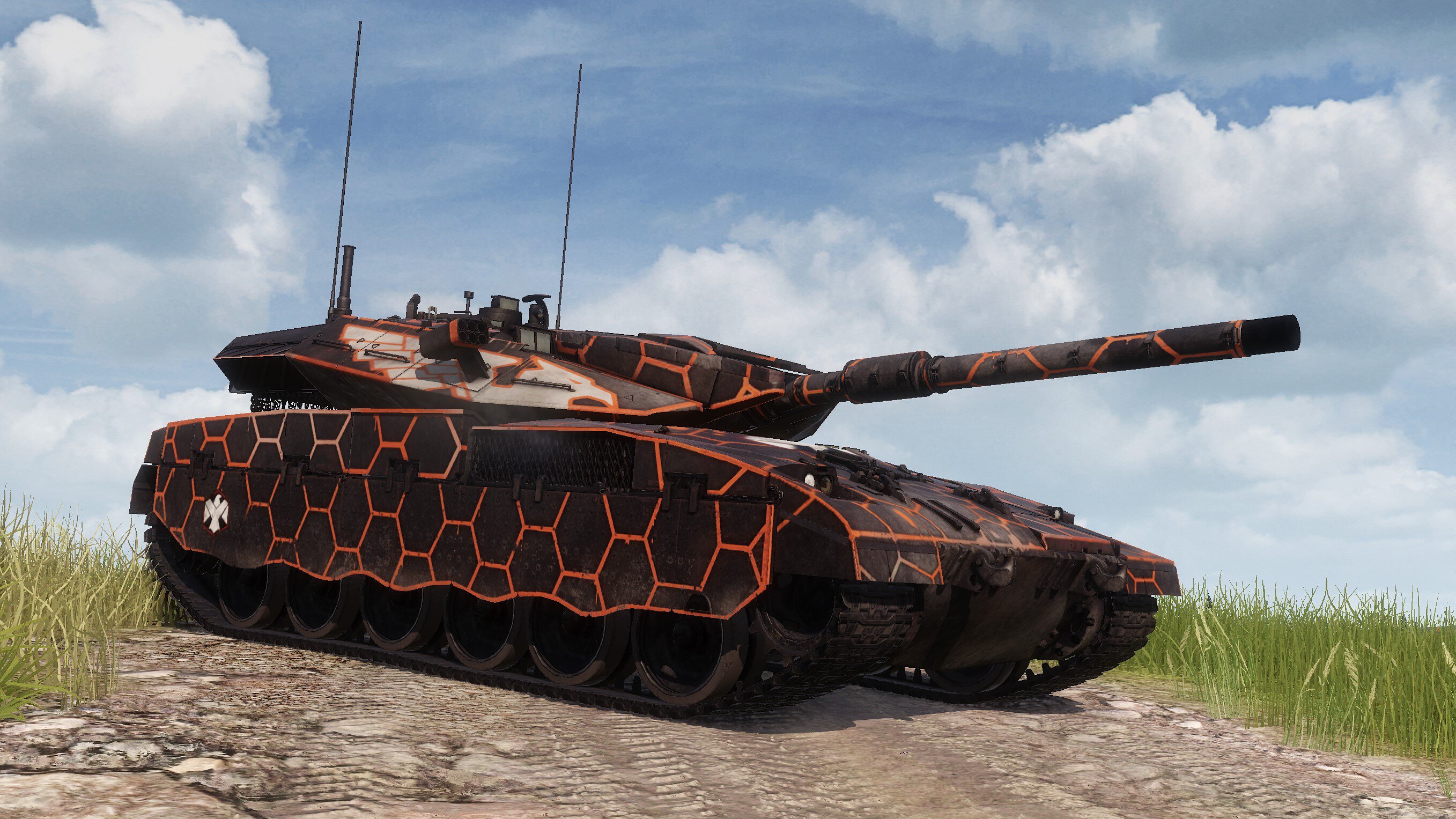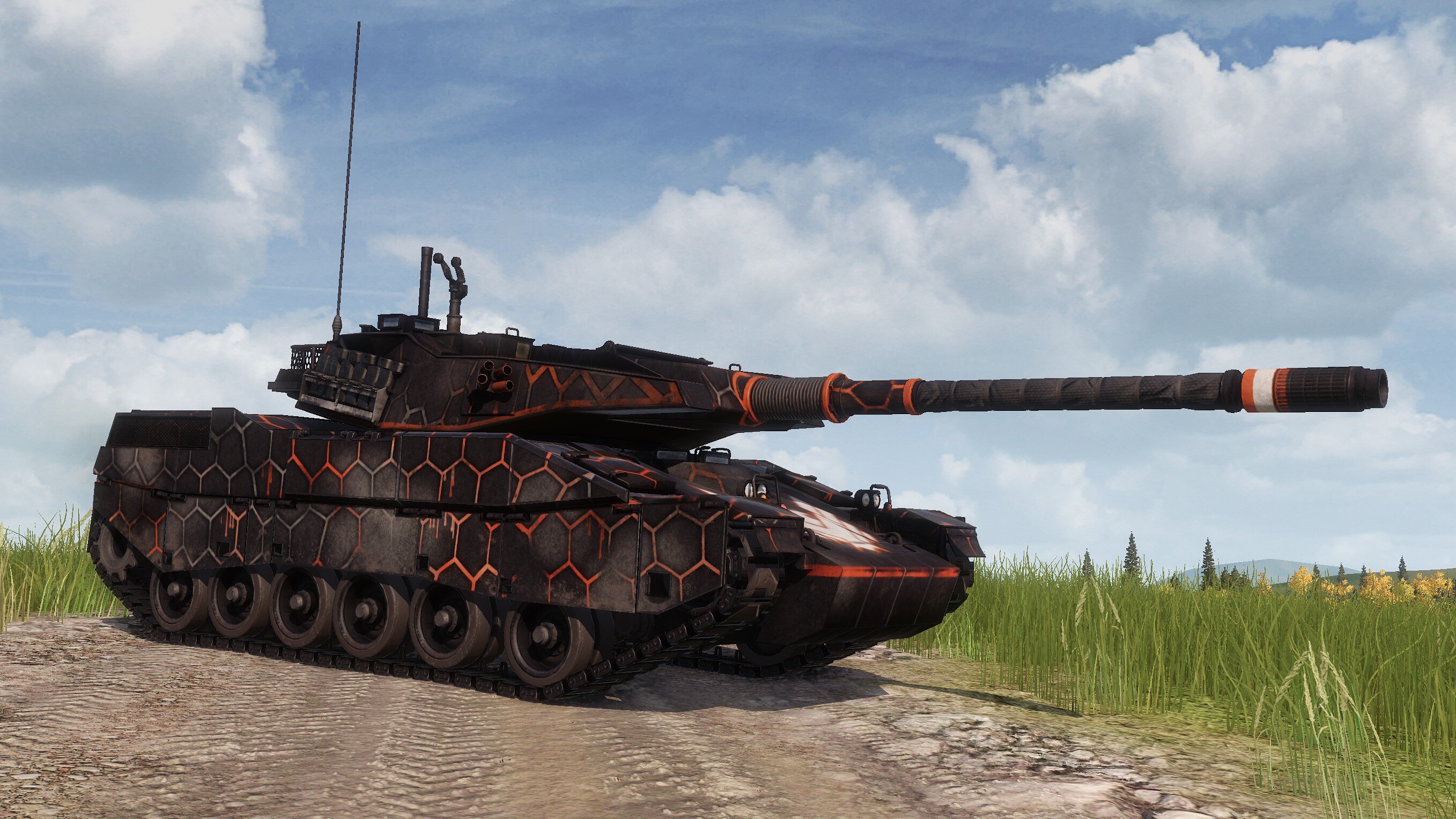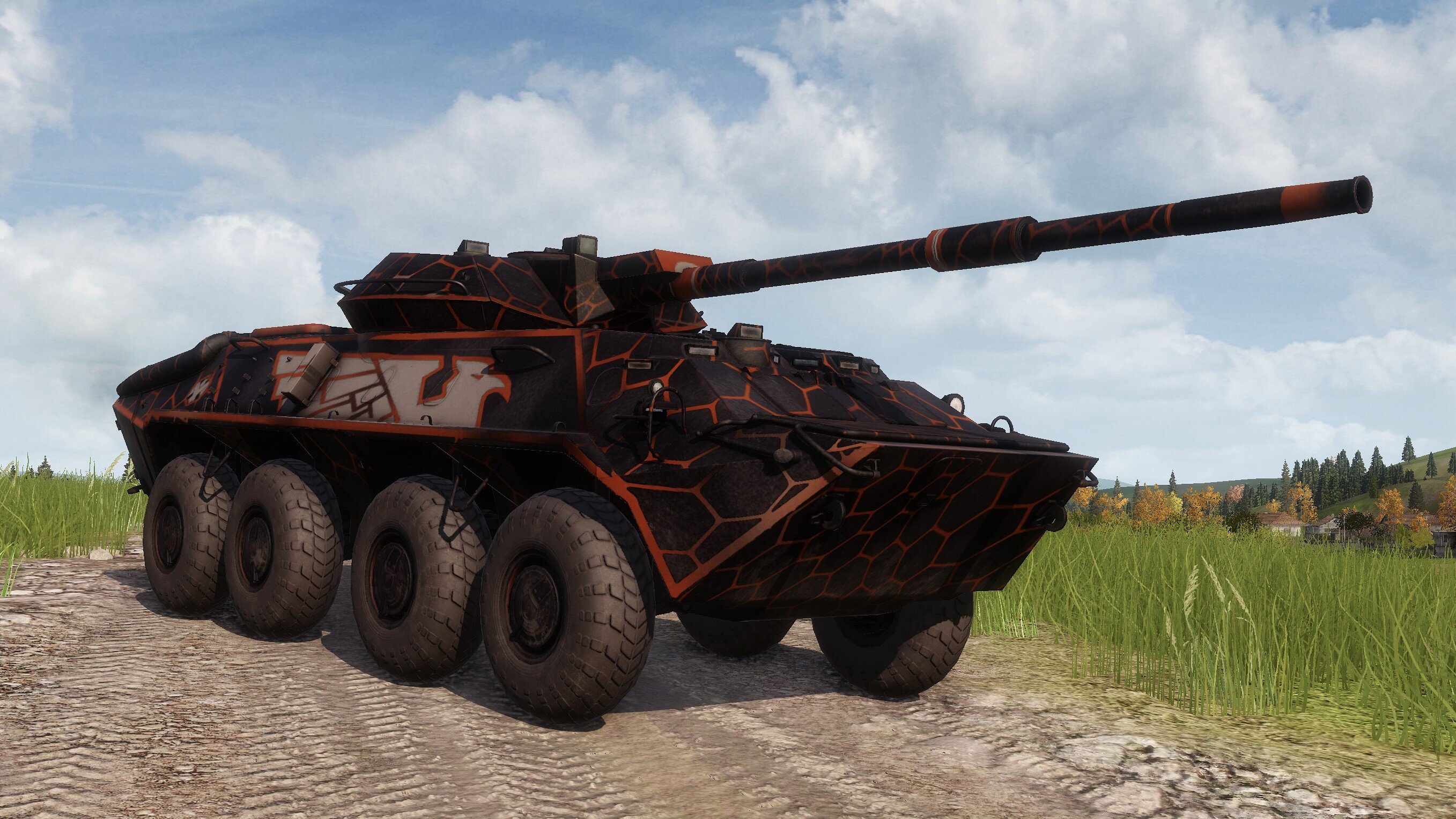
May 1, 2018
Armored Warfare - Silentstalker
Commanders!
Today, the world celebrates the Labor Day. We are hard at work bringing you all the new features and fixes that are coming as a part of Season 1! In order to make the wait a bit more bearable, we’ve prepared several missions as well as Labor Day-themed decals for you to participate in and obtain!

Between May 1 and May 9, 2018, the following bonus and missions will be active:



Please note:
Today, the world celebrates the Labor Day. We are hard at work bringing you all the new features and fixes that are coming as a part of Season 1! In order to make the wait a bit more bearable, we’ve prepared several missions as well as Labor Day-themed decals for you to participate in and obtain!

Between May 1 and May 9, 2018, the following bonus and missions will be active:
- 300% Reputation income bonus (x4) for the first victory of the day
- 50% bonus to Commander Experience income
- Win 1 battle in any mode to receive the May 1 Flag decal
- Win 3 battles in any mode to receive 5 First Aid Cabinet Consumables
- Win 5 battles in any mode to receive the Worker decal
- Win 10 battles in any mode to receive 5 Surplus Parts Crate Consumables
- Win 15 battles in any mode to receive 2 Gold Loot Crates
- Win 20 battles in any mode to receive the May 1 Badge decal



Please note:
- This event starts on May 1, 16:00 CEST (7 AM PDT)
- This event ends on May 9, 16:00 CEST (7 AM PDT)



















